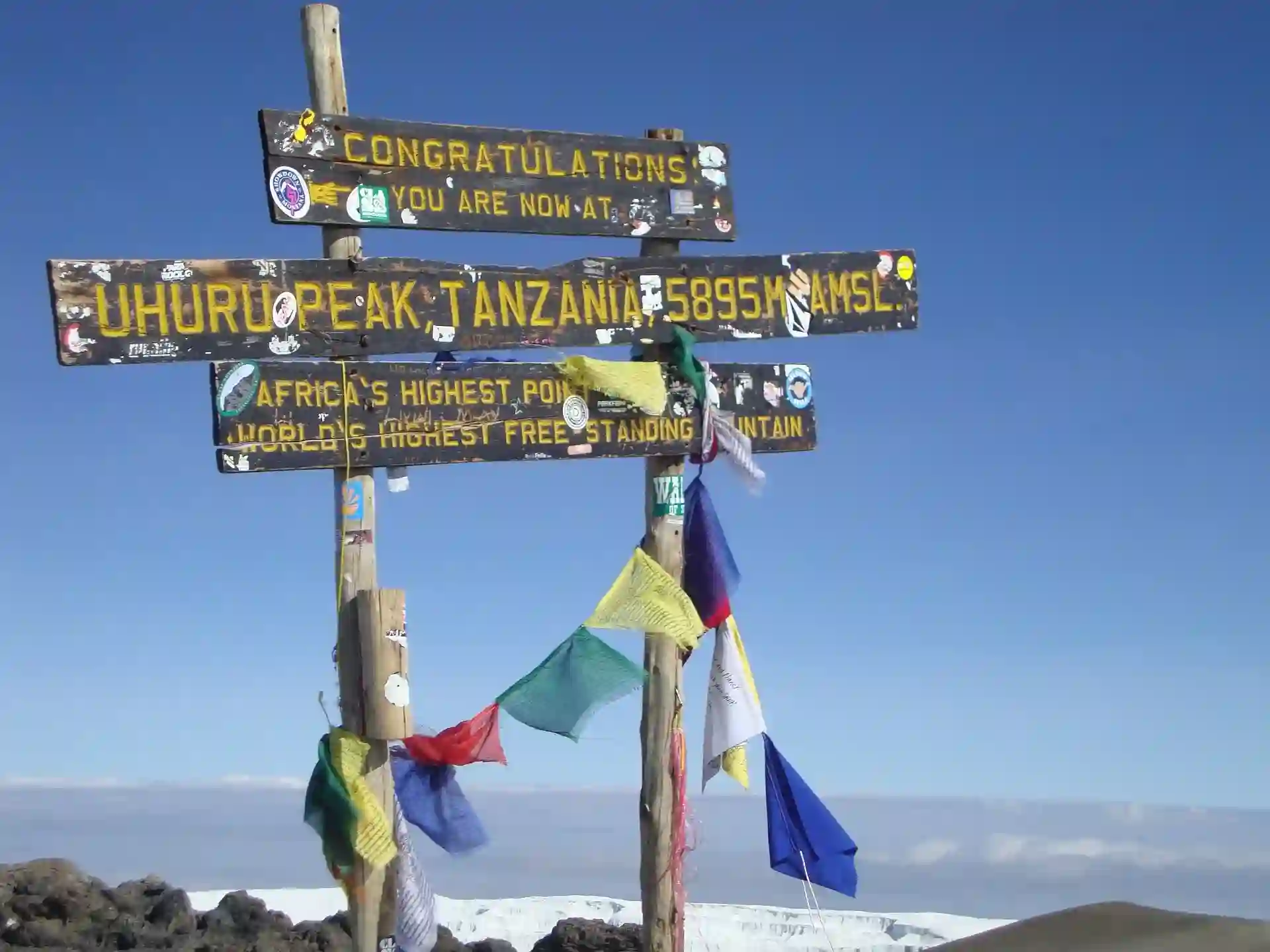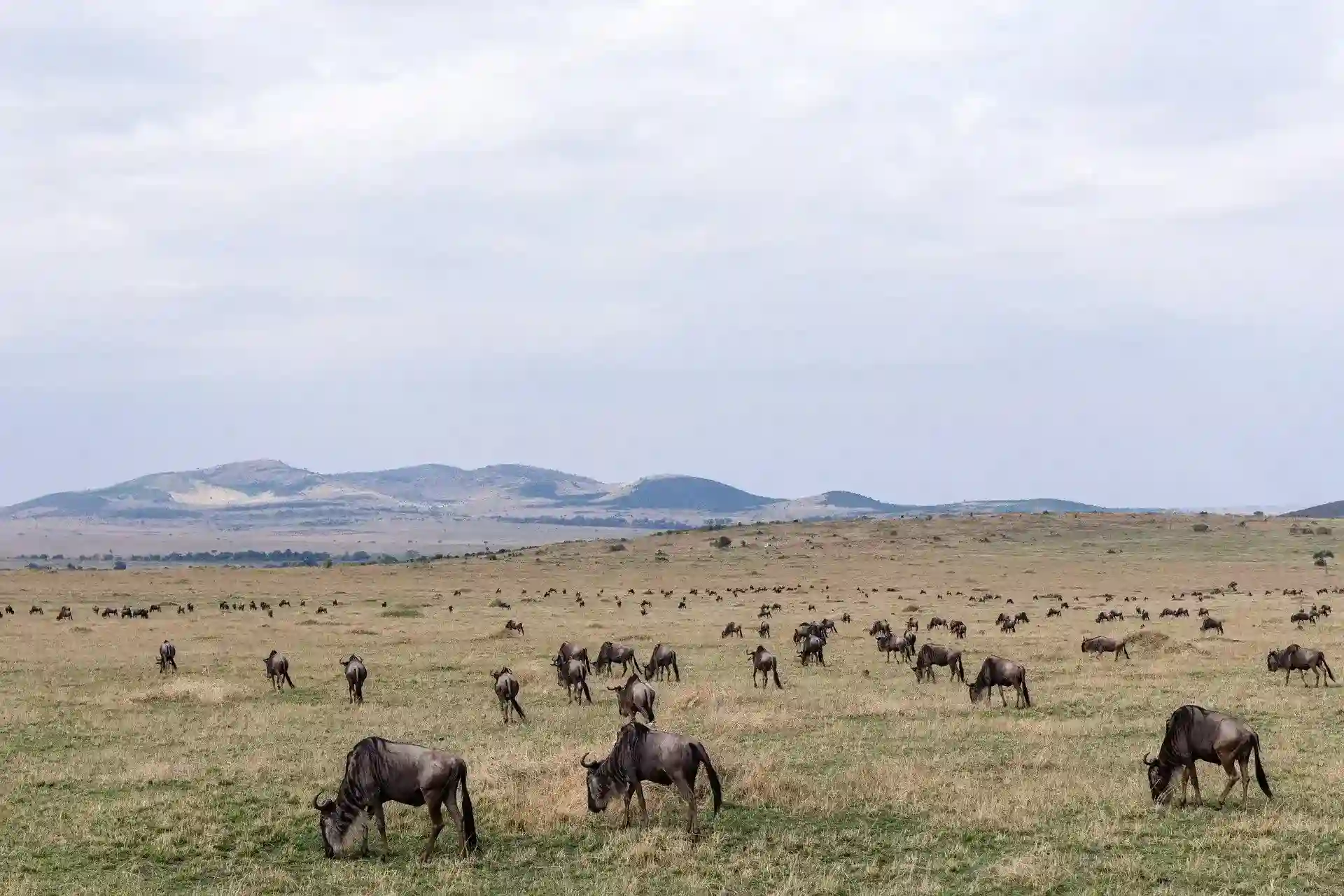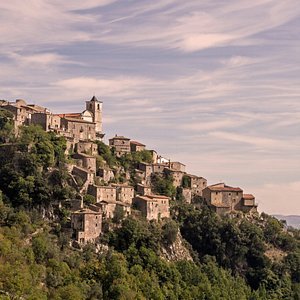
WHAT DO YOU EAT ON KILIMANJARO CLIMB?
Our chefs will serve large, healthy meals to keep you happy and well-fed on your Kilimanjaro climb. You’ll have hot meals at breakfast and dinner, freshly prepared with locally-sourced ingredients. We prepare all our food to strict hygiene standards, ensuring it’s delicious and safe to eat. Our menus are designed to be nutritionally-dense, with plenty of variety to cater to the energy demands of the trek.
Daily Kilimanjaro Sample Menus
We have a dining tent with chairs and for just dinning. Whilst each day you will be served different meals whilst on the Kilimanjaro climb, below is a guideline to what type of food you can expect:
Even though you are far from home we recognise that it’s nice to have some creature comforts, so don’t be surprised when you see some of your favorite food brands, such as Heinz, Nescafe and Nestle!
We can accommodate all dietary restrictions, just let us know in advance. In the case of very strict diets, we recommend you bring along some of your favorite “energy” foods, as some specialty ingredients can be hard to source in Tanzania.
One very common effect of the altitude is a reduced appetite. We offer enticing meals, rich in “good” carbohydrates. According to the US Army Research Institute of Environmental Medicine, “carbohydrate is the most efficient fuel for optimizing performance at altitude”, speeding up recovery and replenishing muscle glycogen stores for the next day’s activity.
The same study goes on to say, “a high carbohydrate diet at altitude is recommended as an intervention to alleviate symptoms of AMS (acute mountain sickness)” as it increases ventilation and blood oxygenation.
With the decreased appetite, carbohydrate-based foods are often more palatable than high protein or fats, and altitude changes your metabolic processes. The combination of hours on the trail and your body’s adaptation to altitude means you’ll have a much higher energy requirement than you would have at home.
Experienced hikers who are used to eating horrible dehydrated foods on the trail are often surprised at the quality and variety of food that comes out of our mountain kitchens. We use only fresh produce, no dehydrated “ready meals” and all food is carried up Mount Kilimanjaro by our porters.
Drinking Water on Kilimanjaro
We provide boiled, filtered, purified water to our climbers at all times. A major cause of gastro-intestinal problems in Africa is as a result of drinking untreated water. We treat all our water, including the water we use to wash food and cook with.
Staying hydrated is very important for acclimatization. The dry air, exertion, and altitude can quickly dehydrate you, and if you’re taking Diamox to help acclimatization, you need to keep fluids up.
How much water should you drink when Climbing Kilimanjaro?
You should aim to drink around 3-4 liters of water per day. We recommend bringing an electrolyte formula to add to your water, and any flavoring drops if you find plain water too boring.
At each Kilimanjaro camp, there will be tea, coffee, hot chocolate, squash and fruit juices, we don’t bring sodas or bottled water.
The Wilderness Medical Society Practice Guidelines for the Prevention of Acute Altitude Illness says that controlling the rate of ascent, in terms of the number of meters gained each day is a “highly effective means of preventing altitude illness”. A slow and steady ascent gives your body time to adjust to the altitude, and while physical fitness does not seem to have an effect on how well you acclimatize, you’ll build-in enough time for rest and recovery after the day’s hiking.
It’s difficult to get up to date data from the Kilimanjaro National Park, but in 2006 estimates of the success rate based on the number of days spent on the mountain were clear. At that time:
Those numbers have no doubt improved since then thanks to better guides, improved gear, and a better understanding of how to successfully hike the trail. But, they give you an indication of the importance of taking your time on the mountain.
Being very fit does not correlate with increased ability to acclimatize. Being physically fit will make the trekking easier, reduce fatigue and stress, but it won’t help you acclimatize.
According to Dr. Hackett from the Institute for Altitude Medicine, says physical fitness will give you no protection from altitude sickness. Sometimes, many young, fit people will push through the discomfort, ignoring important symptoms.
How long does it take to climb Mount Kilimanjaro on each route?
There are a total of six different routes you can use to climb Mount Kilimanjaro.
The shortest possible way to the summit is by the Marangu or the Umbwe Route. These routes can be completed in 5 days (but we don’t recommend it for most hikers).
The longer treks, Lemosho, Machame, Rongai or Northern Circuit route take 6-10 days.
The main reason you’d want to take a longer route is to give your body time to acclimatize to the altitude, but there are other considerations as well.
Unless you are very fit, covering the same amount of ground in a shorter time-frame can increase your chances of fatigue and injury – and compromise your enjoyment of the environment.














